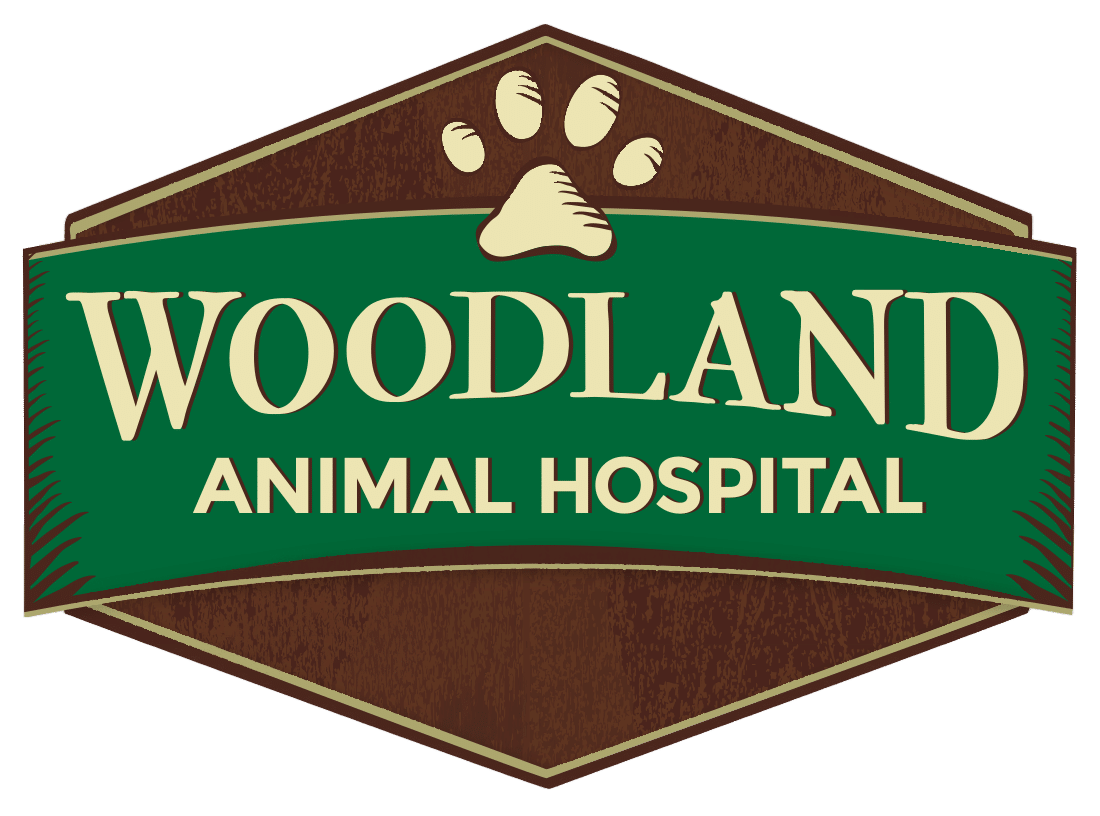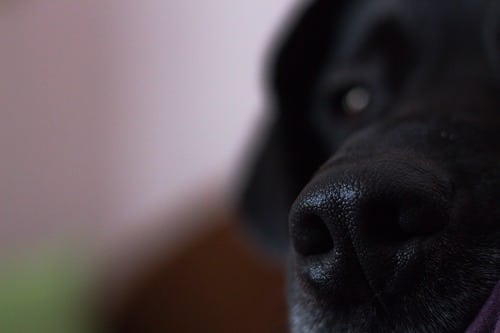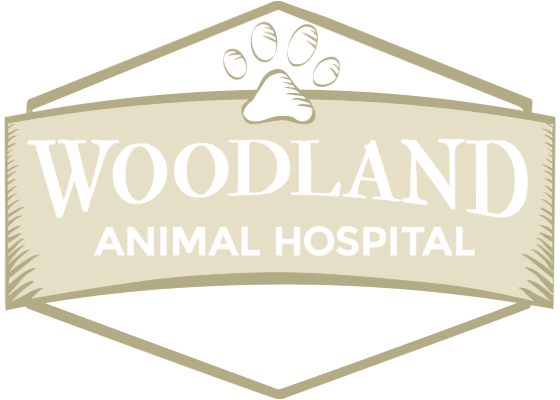There are many possible causes of a bump on your dog’s nose, ranging from minor to more serious. In this blog, we’ll explore the potential reasons for a bump on a dog’s nose, what to watch for, and when to seek veterinary care. This will help you understand more about your dog’s health and when it’s time to call Woodland Animal Hospital at (770) 467-3140 or to request an appointment online.
Common Causes of a Bump on a Dog’s Nose
There are several reasons why a bump might appear on your dog’s nose. Understanding these common causes can help you determine if it’s something minor or if a visit to the veterinarian is necessary.
Allergic Reactions
Dogs can experience allergic reactions just like humans. Allergens such as pollen, dust, or certain foods can cause swelling and bumps on a dog’s nose. Allergic reactions might also cause itching, redness, and other signs of irritation. If your dog is frequently exposed to potential allergens, you may notice these symptoms recurring.
Insect Bites or Stings
Insect bites or stings from bees, wasps, or spiders can cause a bump on your dog’s nose. These bumps may appear suddenly and can be accompanied by swelling and discomfort. Some dogs may also exhibit signs of pain or irritation, such as pawing at their nose or rubbing their face on the ground.
Infections
Bacterial, fungal, or viral infections can lead to the development of bumps on a dog’s nose. These infections can occur due to a variety of reasons, including injuries, foreign objects, or underlying health issues. Infections often present with additional symptoms like discharge, odor, or changes in the skin’s appearance.
More Serious Conditions Leading to a Bump on a Dog’s Nose
While many bumps are benign, some can be indicative of more serious conditions. It’s crucial to be aware of these potential issues and seek veterinary advice if needed.
Tumors and Growths
Not all growths or tumors on a dog’s nose are cancerous, but it’s essential to have them checked by a veterinarian. Benign growths, such as warts or cysts, can occur, but malignant tumors like nasal adenocarcinoma or mast cell tumors are also possible. Early detection and treatment are key to managing these conditions effectively.
Autoimmune Disorders
Autoimmune disorders, where the immune system attacks the body’s own cells, can cause bumps and other skin changes on a dog’s nose. Conditions such as lupus or pemphigus can lead to the development of lesions or ulcers. These disorders require medical diagnosis and treatment to manage symptoms and prevent complications.
Foreign Objects
Sometimes, a bump on a dog’s nose can be caused by a foreign object, such as a splinter or thorn. If the object penetrates the skin, it can cause localized swelling and the formation of a bump. In some cases, the object might be visible, but often it’s embedded under the skin, requiring veterinary intervention to remove it.
Observing and Monitoring Your Dog’s Bump
It’s important to observe and monitor any bumps on your dog’s nose to determine if they change over time. Here’s what you should look for:
- Changes in Size and Appearance: Keep track of any changes in the size, shape, or color of the bump. Rapid growth or alterations in appearance could indicate a more serious issue that needs prompt veterinary attention.
- Additional Symptoms: Watch for additional symptoms such as bleeding, discharge, or signs of discomfort. Other changes in your dog’s behavior, like increased scratching or pawing at their nose, can also provide important clues about the underlying cause.
- Duration: Take note of how long the bump has been present. If it doesn’t resolve on its own within a week or continues to grow, it’s time to seek veterinary care.
When to Visit Woodland Animal Hospital
Knowing when to take your dog to the veterinarian is crucial for ensuring their health and well-being. Here are some guidelines on when to bring your dog to Woodland Animal Hospital.
Persistent or Worsening Bumps
If the bump on your dog’s nose persists for more than a week or shows signs of getting worse, schedule an appointment with our team. Persistent bumps can be a sign of an underlying condition that needs professional evaluation.
Accompanying Symptoms
Contact us if the bump is accompanied by other concerning symptoms such as lethargy, loss of appetite, or changes in behavior. These signs can indicate that the bump is part of a larger health issue.
Professional Diagnosis
The team at Woodland Animal Hospital can provide a professional diagnosis and recommend appropriate treatment. Diagnostic tests such as blood work or imaging may be necessary to determine the exact cause of the bump.
Maintaining Your Dog’s Nasal Health
Taking proactive steps can help maintain your dog’s nasal health and prevent issues from arising.
Regular Wellness Exams
Regular veterinary check-ups are essential for catching potential health problems early. During these visits, your veterinarian can examine your dog’s nose and address any concerns you may have.
Preventative Measures
Taking preventative measures such as controlling allergens in your home, using insect repellent, and keeping your dog away from hazardous areas can reduce the risk of bumps and other nasal issues.
Clean Environment
Ensure your dog’s living environment is clean and free from potential hazards. Regularly inspect areas where your dog plays and rests for sharp objects or other dangers.
Contact Woodland Animal Hospital for Assistance
If you notice a bump on your dog’s nose and are unsure of the cause, it’s always best to consult with a professional. Woodland Animal Hospital in Locust Grove, GA, is here to help. Our team of experienced veterinarians can provide a thorough examination and determine the best course of action for your pet. Call us at (770) 467-3140 or request an appointment online to ensure your dog receives the care they need.






